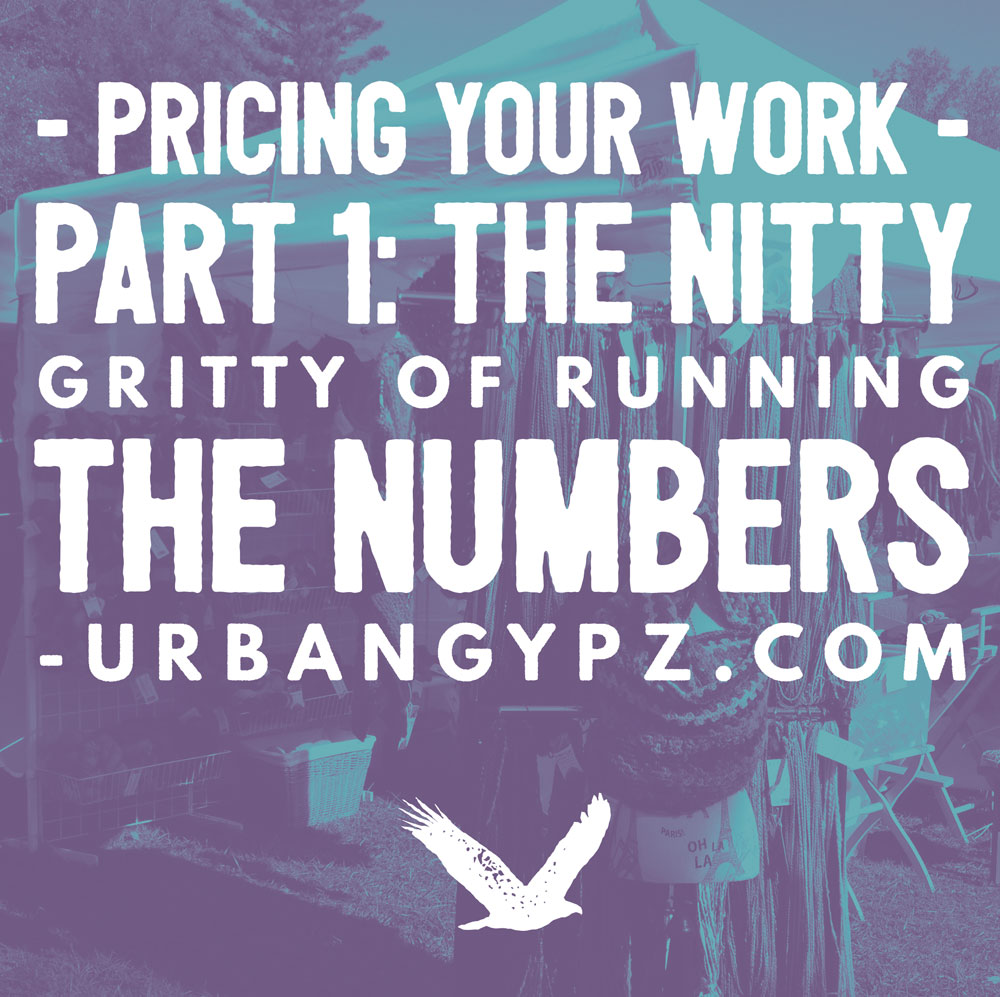
It is a question I get asked a lot: How do I price my work?
I get it it is so very hard to know how to place value on art work in general. But as far as pricing hand knits and crochet, hand made yarns and fibers it can seem so much more confusing. I mean heck, you can find yarn at Michael’s for less than $10 a skein and sweaters at Target for $29. It totally breaks my heart to see one devalue their work trying to compete with a corporation that is able to produce in mass, gets corporate tax breaks, and large advertising budgets. Plus there are so many other reasons for you to price your work for sustainability as opposed to quick sales, but I am going to climb on that soapbox next week. Today, Fiberista, I am giving you the first of a two part post on how to price your work. And it is all about how to run the numbers.
So, the formula for calculating your price is quite simple.
(Cost of Goods {I include packaging} + labor{time spend producing x hourly rate}) x 2 = wholesale price
wholesale price x 1.5 to 2.5 = retail price
Labor is what you pay yourself for making your product. The rest of the profit is what you use to pay overhead for your business and invest back into growing that business.
You calculate labor based on what you need to live, divided by the number of income producing hours you will work. Here’s the important part… If you are running a small business, YOU WILL NOT BE WORKING 40 INCOME PRODUCING HOURS. You will have to account for the time you will spend on marketing, accounting, new product research and other admin tasks. It is not uncommon for you to only spend 25-30 hours a week making stuff when you own a handmade business. Here in the US the minimum wage is $7/hour. It is not a sustainable wage. Even if you are supported by a spouse and do not think you need the money, do your fellow fiberistas a solid and do not set your hourly wage so freaking low. There are single moms out there who have dreams of just being able to feed their kids with their cottage industry yarn business as opposed to paying enormous daycare fees to go to a desk job in a cubicle. Your skills and knowledge are worth more that $7/hr. Besides, a lower price does not alway lead to more sales…I will cover the bizarre theories behind that next week. Just know you can ask any price for anything, keep that price sustainable for the full time business fiberistas.

So, looking at that retail price is pretty scary, huh? Especially if you are pricing something hand knit, because holy smokes knitting takes a long time. So many fiberista’s will shave off their labor costs to make the price more attractive (hey, I have been down that path myself and learned a very hard lesson). Here’s the thing. If you are serious about growing a business, or even just support the idea that fiber artists should be able to pursue the dream of growing business, you will need to factor in the labor costs. When growing a business you will eventually need to hire help. Building in labor cost into your prices provides the path to being able to hire help.
So back to the numbers, If any of these numbers are making you a bit uncomfortable then you are in the right place. Because the follow through with pricing your work based on this formula, and the marketing skills needed to actually get that price involves some serious mental gymnastics. And that I will cover next week.
In the mean time I have a couple of super awesome resources that I have personally used to figure out my pricing.
Craftybase.com
Especially if you have an ETSY, Shopify or other online shop, go sign up for this right now. Designed with makers in mind, Craftybase.com is a super awesome way to keep track of inventory, sales and…my favorite and most used thing…a pricing calculator. Sign up here and get 10% off your subscription(this is an affiliate link)
These two Creative Live classes
Bookkeeping for ETSY Sellers and Bookkeeping for Crafters Both by Lauren Venell. Lauren is a season crafter who grew her business to a thriving popular product. She has so many insights on how to set up your business to make sure growth will happen sustainably. Be sure to check the schedule, you can catch the upcoming rebroadcasts for free. But I would consider buying the class on Demand to refer back to.
As I mentioned there will be a part two next week, where I will help you have the courage to ask for the price you need for your fiber art work, and how to find the customers who will very happily pay those prices.
Sign Up for the UrbanGypZ Fiber Arts Collective
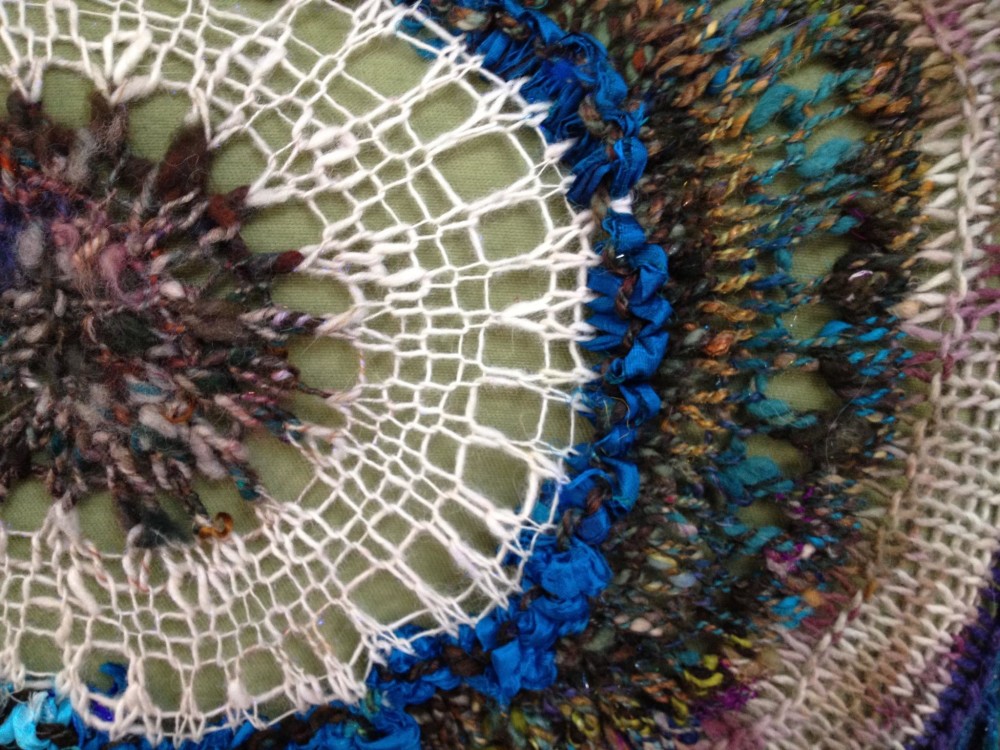

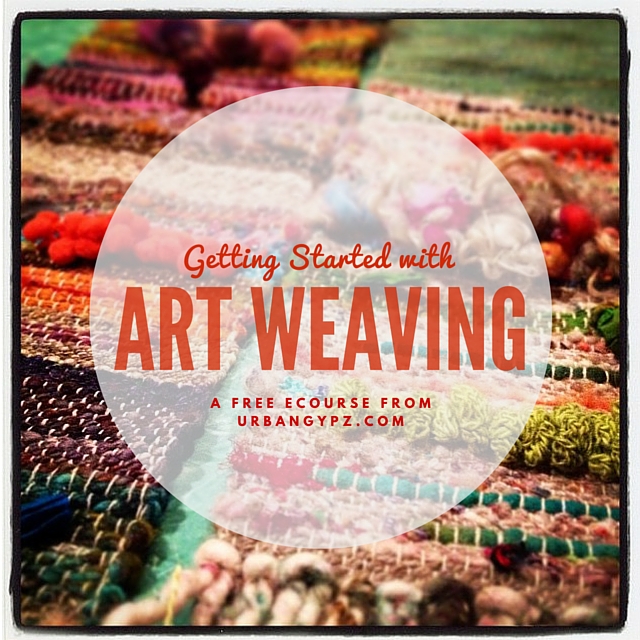
 Fiber artist Stacey Budge-Kamison AKA UrbanGypZ lives and works in Cary NC. She can also be found knitting in public, hammering out her latest e-course at local cafés and spinning yarns in her booth at her favorite arts festivals. A designer at heart, Stacey has decided that her mission is to help fellow knitters, crocheters, weavers and felters embrace their own style and creativity by exploring fiber art as it is a part of their everyday life and helping them embrace the title of artist no matter where they are in their journey.
Fiber artist Stacey Budge-Kamison AKA UrbanGypZ lives and works in Cary NC. She can also be found knitting in public, hammering out her latest e-course at local cafés and spinning yarns in her booth at her favorite arts festivals. A designer at heart, Stacey has decided that her mission is to help fellow knitters, crocheters, weavers and felters embrace their own style and creativity by exploring fiber art as it is a part of their everyday life and helping them embrace the title of artist no matter where they are in their journey. 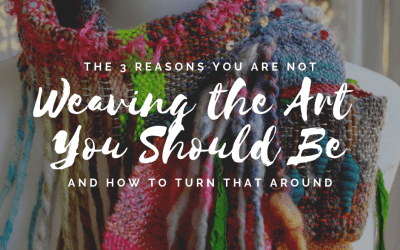
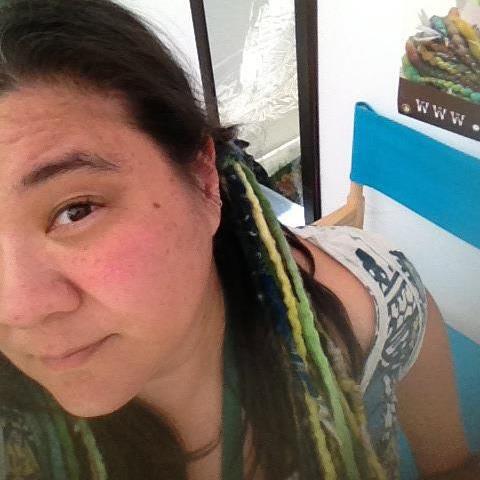

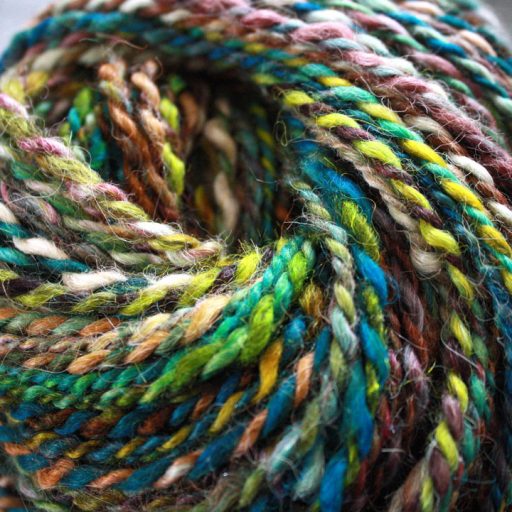


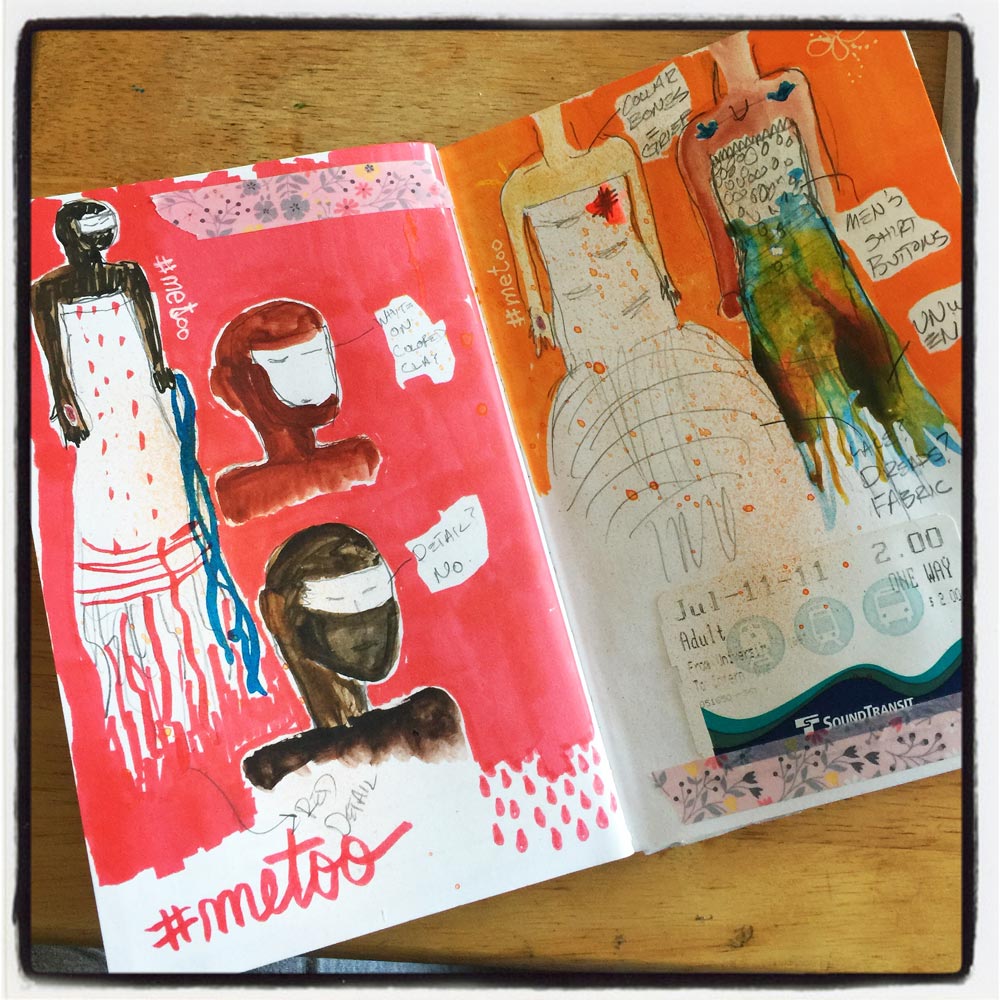
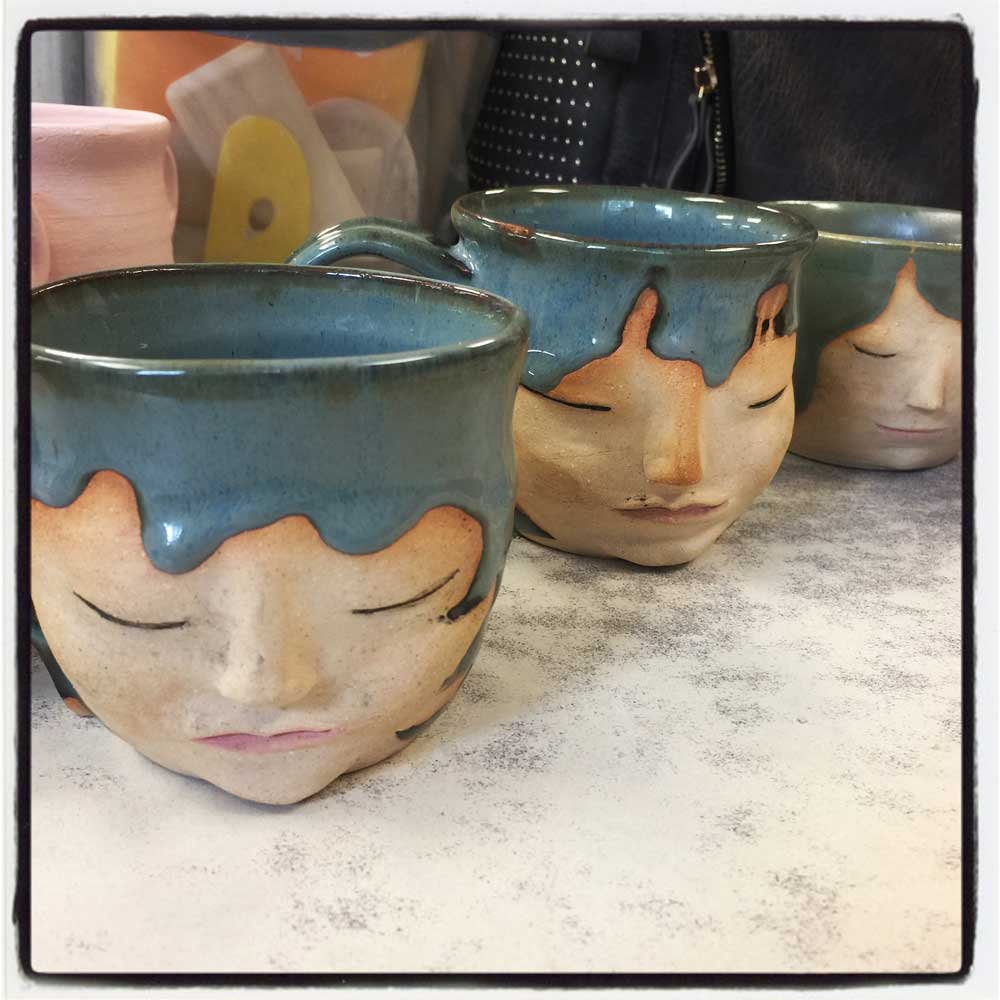



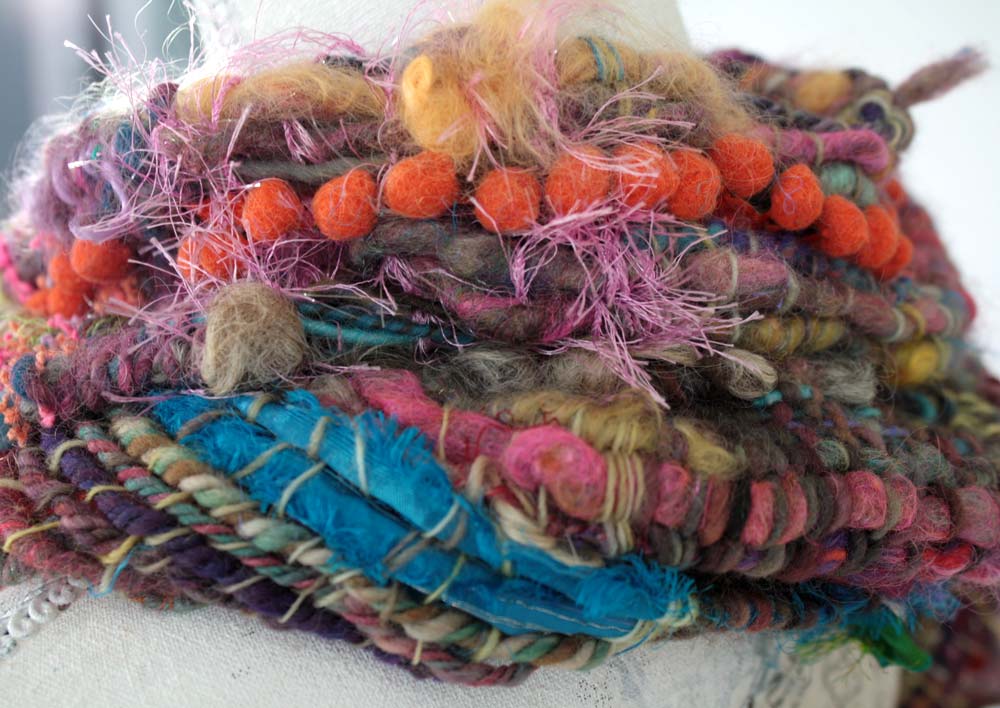
Valuable, real world advice! Thanks Stacey!
Great stuff!